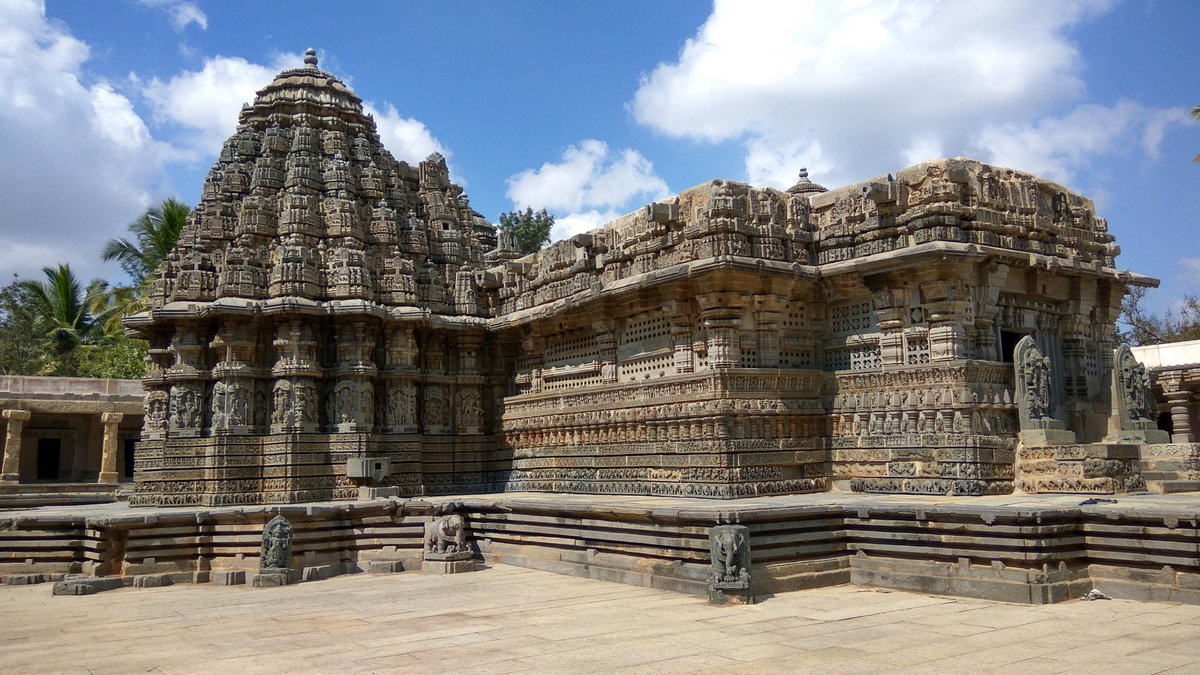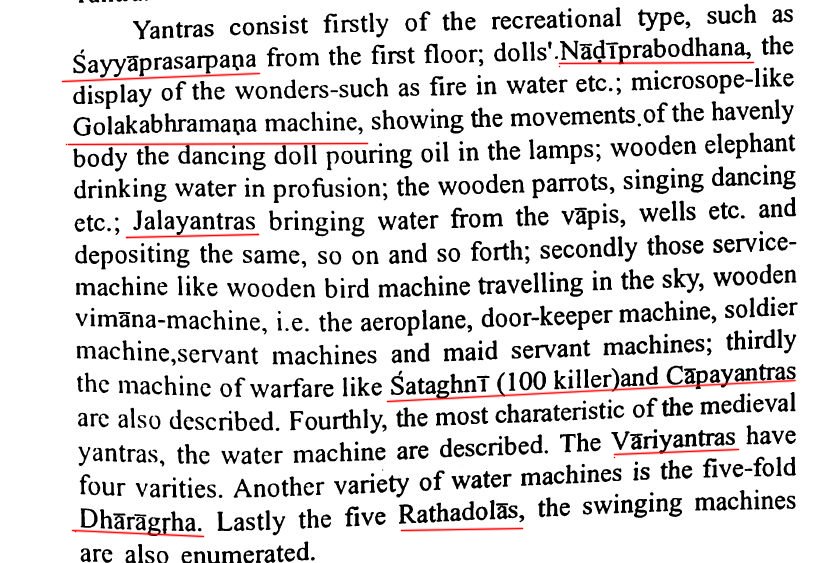The Padartha dharma sangraha of Prashastapada is one of the most important works on Physics to emerge out of ancient Bharat. The text greatly deals with the nature of matter, recognising its atomic character & the role of atoms. 

The concepts discussed in the text include those which came to be later classified as classical/newtonian mechanics. Prashastapada talks about concepts like Vega(momentum), Sanyoga vibhaga(displacement), Digvishista Karyarambhakatva (Vectors), Gamana(curvilinear motion)..
Bhramana(rotary motion), Spandana(vibratory motion) among many other concepts.
The concept of Vega(momentum) which forms the basis of Newton's 2nd law of motion (F=m.a) was explained by Prashastapada centuries before Newton was born.
The concept of Vega(momentum) which forms the basis of Newton's 2nd law of motion (F=m.a) was explained by Prashastapada centuries before Newton was born.

The text talks in great detail about fluid mechanics. Concepts like Saandrataa(Viscosity), Abhisarpana(Capillary motion), fluid motion are explained in great detail here.
Among the different types of motion explained by Prashastapada. This was 1000 years before Galileo & Newton.
Among the different types of motion explained by Prashastapada. This was 1000 years before Galileo & Newton.

Prasastapada also explained to us the nature of sound & its mode of propagation. He says sound travels through the medium of air in the form of circular waves. 

Prasastapada was aware of the nature of atoms & their perpetual state of motion which he classified into different types including rotatory, circular & simple harmonic motion. 

• • •
Missing some Tweet in this thread? You can try to
force a refresh































